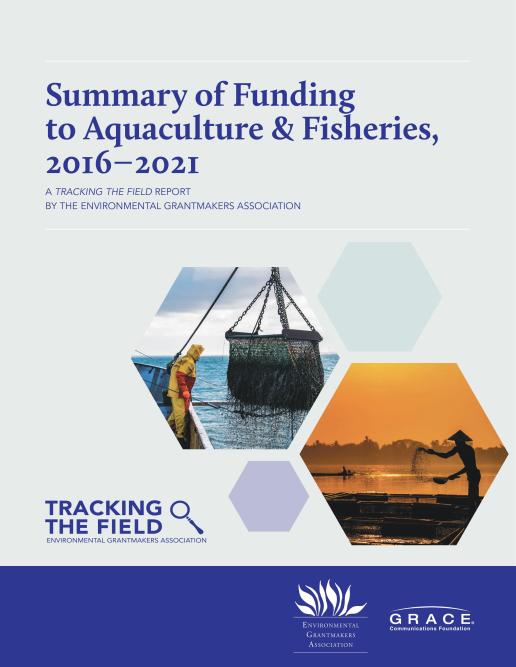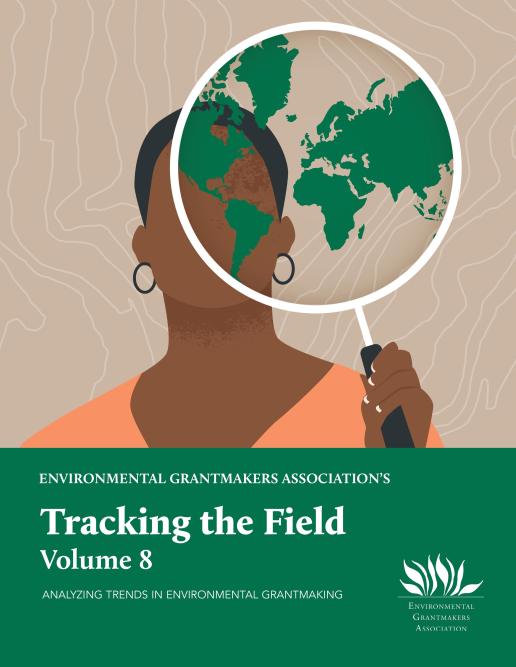
New EGA Report: Summary of Funding to Aquaculture & Fisheries, 2016-2021
EGA's new Summary of Funding to Aquaculture & Fisheries, 2016-2021 report dives deep into over $500 million in Aquaculture & Fisheries grants made between 2016 and 2021, revealing gaps in the geographic and issue focus areas. Aquaculture and fisheries deeply intersect the issues of ocean health, biodiversity, food systems, climate adaptation, sustainable communities and the livelihoods of Indigenous peoples.The report examines funding that supports different aquaculture methods such as open-ocean aquaculture and on-land recirculating aquaculture; seafood market strategies including local seafood supply chains, seafood certification, and transparency & traceability; and tribal fisheries and Indigenous aquaculture projects. The report also compares the funding given to various aspects of sustainable fisheries management, including fishing community engagement and fisheries management policy & research.
Tracking the Field Resource Guide
Tracking the Field (TTF) is a research program at EGA to deepen understanding of trends, challenges and the critical needs in environmental philanthropy. TTF supports dynamic coalitions by increasing data-driven partner identification and optimizing grant dollars for more strategic impact.EGA members and partners can now access the Tracking the Field Resource Guide to learn about the various TTF tools available for members and partners, our latest data findings and additional resources on environmental funding trends data.

Tracking The Field: Volume 8
This eighth volume of EGA’s Tracking the Field report dives deeply into the environmental grantmaking landscape as reported in 2021. The report provides unparalleled insights on funding priority shifts between 2017 and 2021 and pandemic-related changes surfacing since 2019. The most notable change, this year, is the increase in environmental grantmaking from 2020 to 2021. Regardless of whether you account only for grantmaking by legacy funders or include for new entrants in the space, 2020 to 2021 showed the largest year-over-year increase in environmental giving in Tracking the Field history. This is a potent signal of what is to come and the reality that climate-scale challenges will require marked increase of resources in the form of capital, relationships and information, all at once.